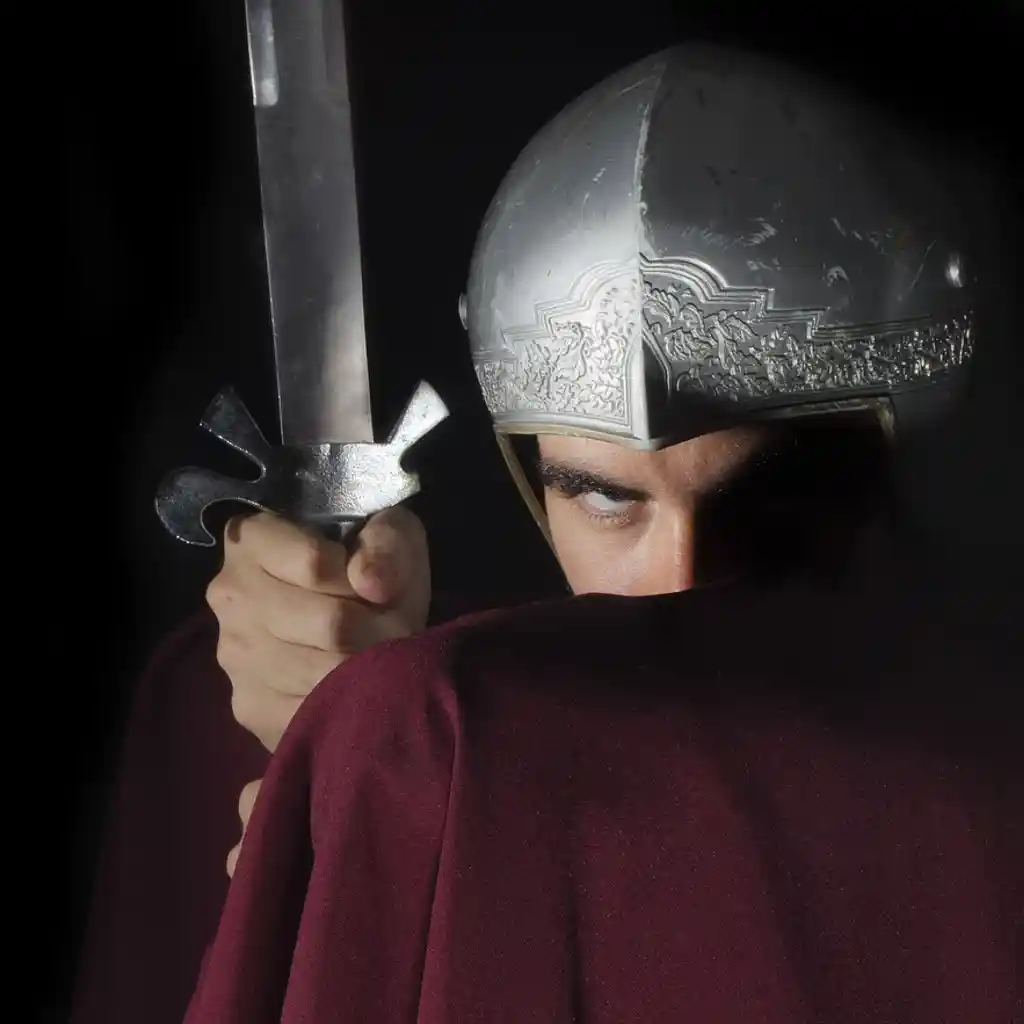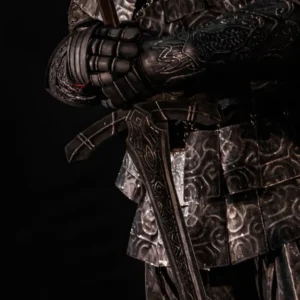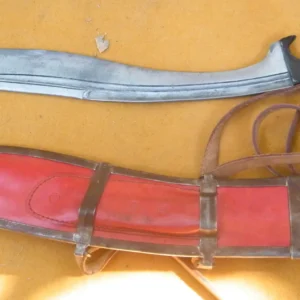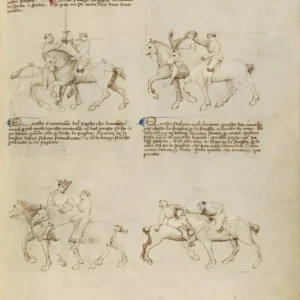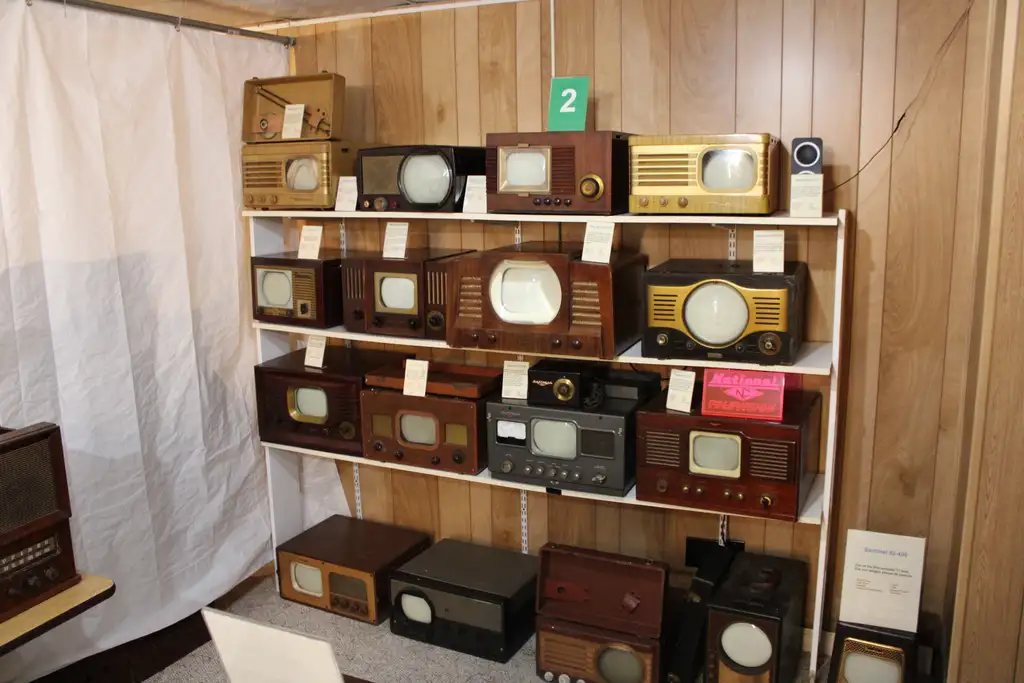Modelers and enthusiasts of swords and the Roman Empire should appreciate THE SPATHA, THE ROMAN LONG SWORD, a recent release from OSPREY PUBLISHING.
The Spatha, The Roman Long Sword is a recent release from Osprey Publishing in the series Weapon, title number 72. Authored by M.C. Bishop and illustrated by Peter Dennis, the book is catalogued with the Osprey Short code WPN 72, and ISBN 9781472832399. Perhaps the iconic sword of antiquity, the spatha was the tool that won – and held – much of the Roman Empire.
Adopted from the Celts in the 1st century BC, the spatha, a lethal and formidable chopping blade, became the primary sword of the Roman soldier in the Later Empire. Over the following centuries, the blade, its scabbard, and its system of carriage underwent a series of developments, until by the 3rd century AD it was the universal sidearm of both infantry and cavalry. Thanks to its long reach, the spatha was the ideal cavalry weapon, replacing the long gladius hispaniensis in the later Republican period. As the manner in which Roman infantrymen fought evolved, styles of hand-to-hand combat changed so much that the gladius was superseded by the longer spatha during the 2nd century AD. Like the gladius, the spatha was technologically advanced, with a carefully controlled use of steel. Easy maintenance was key to its success and the spatha was designed to be easily repaired in the field where access to a forge may have been limited. It remained the main Roman sword into the Late Roman period and its influence survived into the Dark Ages with Byzantine, Carolingian and Viking blades.
Drawing together historical accounts, excavated artifacts and the results of the latest scientific analyses of the blades, renowned authority M.C. Bishop reveals the full history of the development, technology, training and use of the spatha: the sword that defended an empire.
This book is a font of knowledge presented through a text very well supported with illustrations, many by the author. This is a complex book. Apparently, there is no single progenitor of the Spatha, and the many known and presumed ancestors of it are examined. This is one of those books where you need to suppress all distractions, get comfortable, and be ready to spend a good amount of time carefully reading.
Introduction focuses on the use of spatha and the meaning, as well as the Roman soldiers who wielded it. It presents a battle against a British chieftain, of which Cassius described the different weapons used by the legionnaires and the weapons used by the Roman auxiliaries. It also goes on to discuss how the spatha was made, including different metals, castings, and a form of welding. Chapter Development is broken up into several sub-sections. They examine a rather complex ancestry of the spatha, from Gallic and Celtic origins, through the Late Republican, the Early Principate and Later Principate eras, and beyond. It includes details of the manufacturer of the swords. I’ve never thought much about how swords were made other than casting iron or steel, then sharpening them, but this book shows that a Roman sword during a particular period was made of three different types of metal, welded together.
Chapter Use starts with Cut and Thrust, interpreting the evidence and then continues on to the cavalry spatha to AD 100. This chapter is illustrated with color battle scenes and continues on to examine the spatha in later epochs. An interesting sub-chapter presents the subject of ownership.
